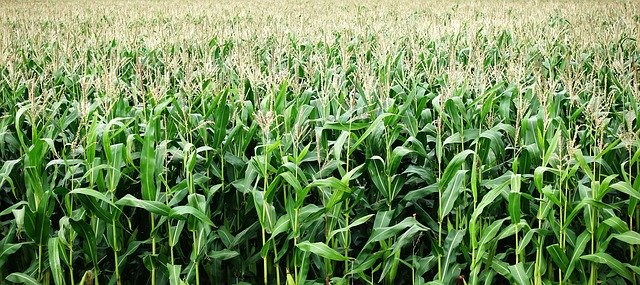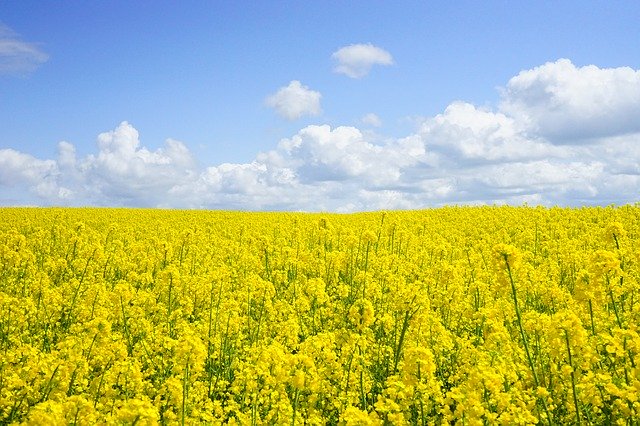The sad fact is that the Czech landscape has to deal with many different problems. Some have arisen only recently, others are of a more long-term nature. But all of them have a negative impact not only on nature itself, but also indirectly on our human quality of life and health. Let us look at the most urgent ones.
Some are directly related to agriculture. Here we see damage to the landscape caused by both long-term management and current trends. The long-term problem is the fragmentation of the fields that took place during the nationalization period. Both pull-off lines and dirt roads were destroyed. The consequences were extensive. Indeed, it was much easier to cultivate such vast fields. On the other hand, the hydraulic regime of the landscape was disrupted. In particular, there was nothing to hold back the water and prevent it from running off and taking away the fertile topsoil. Wind brings the same problem. Now that it is unimpeded by trees, the wind blows without restriction, again taking away the most fertile layers of topsoil.
There are attempts to solve this situation, but so far they have been localized. However, this is a problem that concerns a large part of the Czech Republic. But why is it that 30 years after the fall of communism, this problem has not been addressed? Because this situation is more favorable to farmers. Most of the former cooperatives have changed their names, but not much has changed on the inside. It is true that fields have been returned, but most of the new owners do not want to cultivate them. So they are leased to those farmers. In other words, practically nothing has changed.
The current agricultural problem is the composition of the crops grown. The most common crops grown in our fields are rapeseed and corn. The reason these crops are grown is simple. The farmers are happy to earn as much as a penny. Therefore, it is not surprising that they plant the most profitable crops. And since they usually farm on rented land, they do not have to worry so much about long-term results. But why are oilseed rape and corn so bad?
Canola requires a lot of chemical irrigation. Various insecticides, herbicides, and others must be used in greater quantities than other crops to achieve the desired results. The fact that canola is so widely grown means that despite these additional costs, it is worth growing. As for corn, it is a shallow-seeded crop. Moreover, the ears are relatively far apart. Therefore, its cultivation contributes to water and wind erosion of the soil.
What can be done about these problems? The only solution would be to completely reorganize agriculture, but neither the farmers (who are comfortable with the current system) nor the politicians have the will to do so. There is also a lack of funds to do so. Therefore, the devastation of the landscape is likely to continue for the foreseeable future.
